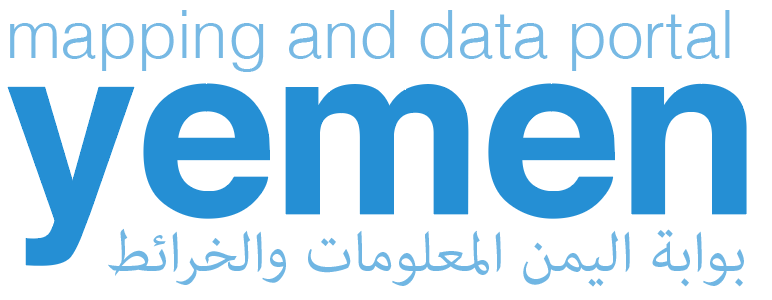A do it yourself developed cms can be an application system that allows a non-technical consumer to make changes on their website without needing to learn development. The CMS allows these to create and edit articles easily, even though also giving a range of other features, like a weblog editor.
A CMS is designed for any type of content, from straightforward text and pictures to complicated searchable databases, interactive equipment, and advanced personalisation. It can also help you decide what things to put exactly where, when to submit, as well as how to personalise the information for different audiences.
You can also make use of a CMS to integrate videos, either by uploading those to your personal server or by using products and services like Vimeo and Vimeo. A CMS should be able to manage just how your video is viewed, letting you add filters or various other functionality for the video player.
It should likewise give a number of templates, making it easy to change the design and style and framework of your site without having to produce any code. Templates certainly are a quick and easy way to change the look of your web site, but they also can help you put into action new efficiency quickly and efficiently.
Running a blog can be an efficient marketing tool, attracting traffic to your blog and transforming visitors in to leads right here or members. It also will help establish power in a specific industry or generate inlinks.
A CMS should offer built-in blog functionality, or at least provide a means for users to simply add and schedule blog articles. You should also have the option to easily add email opt-in forms and charge visitors for access to your articles.
